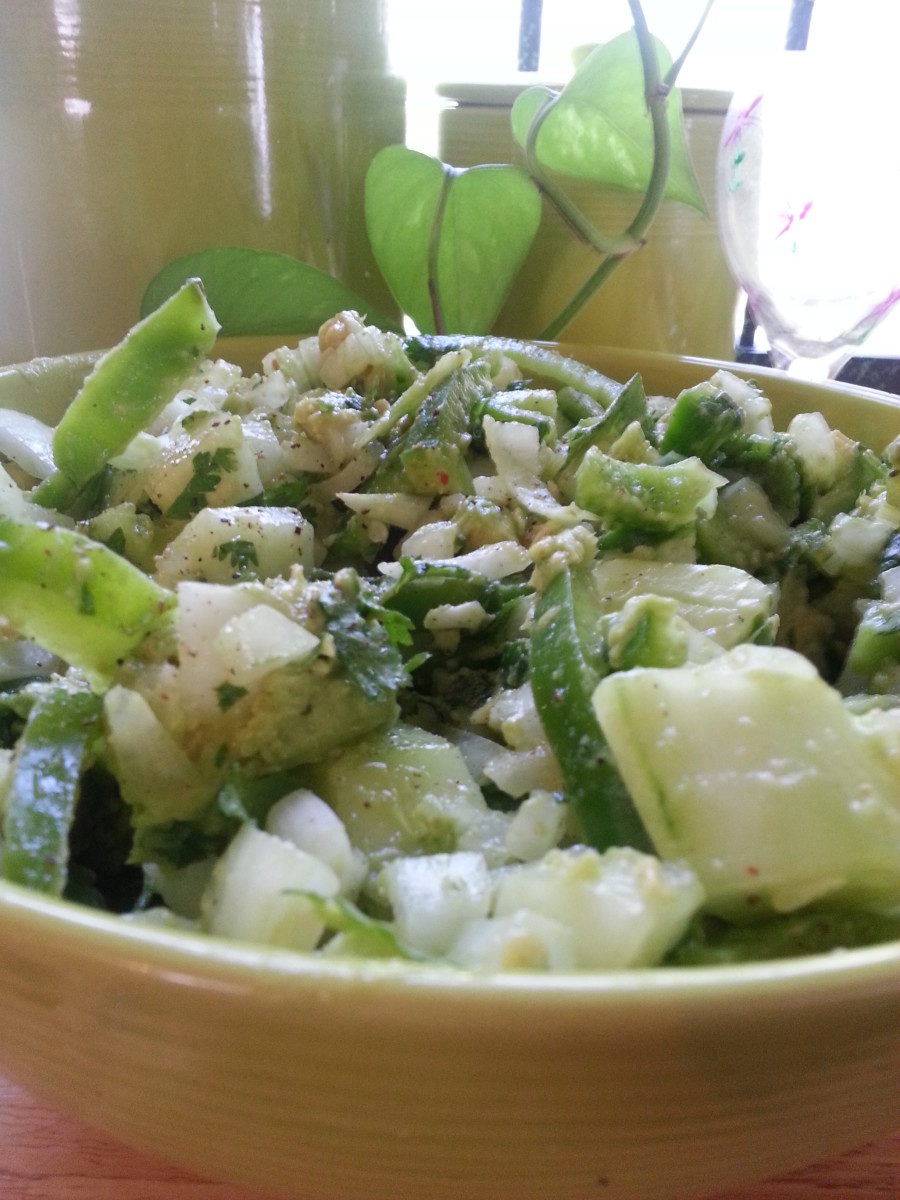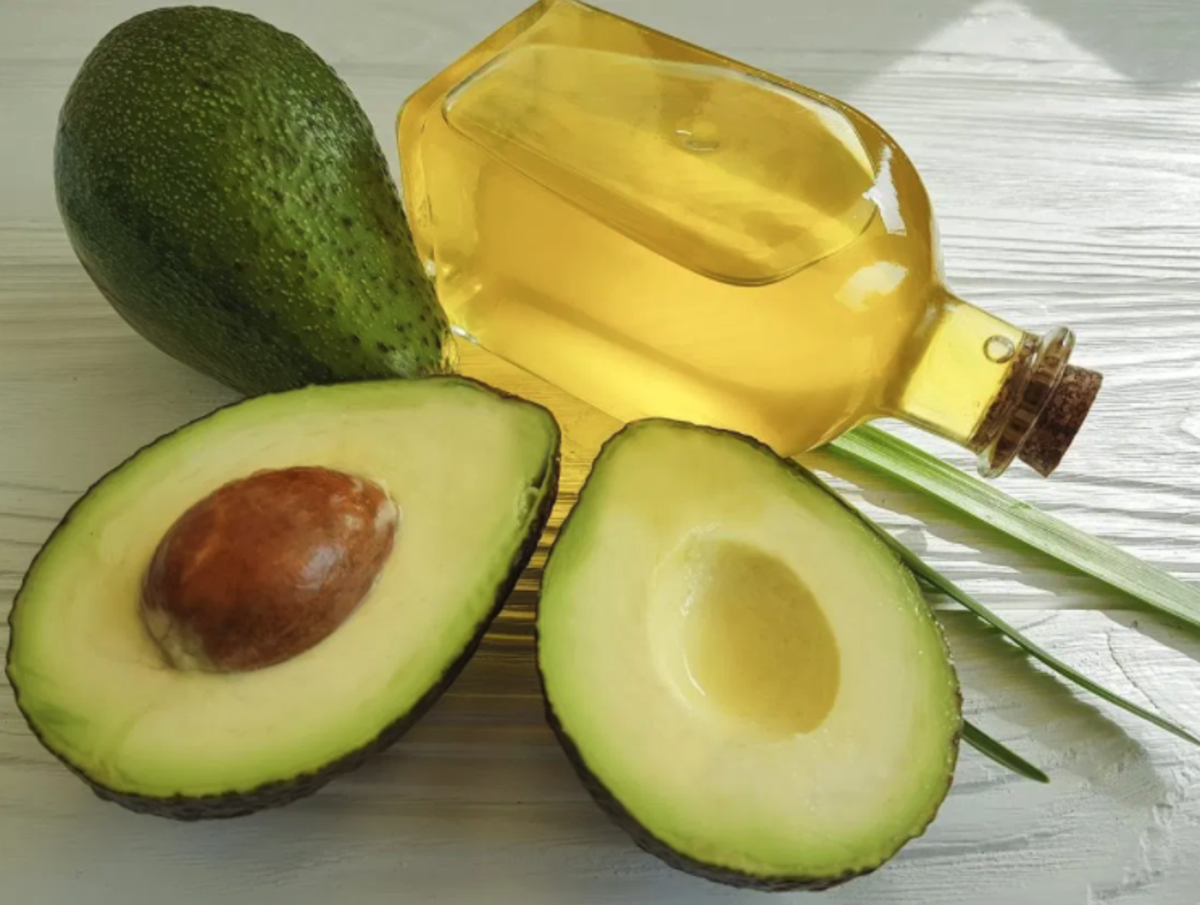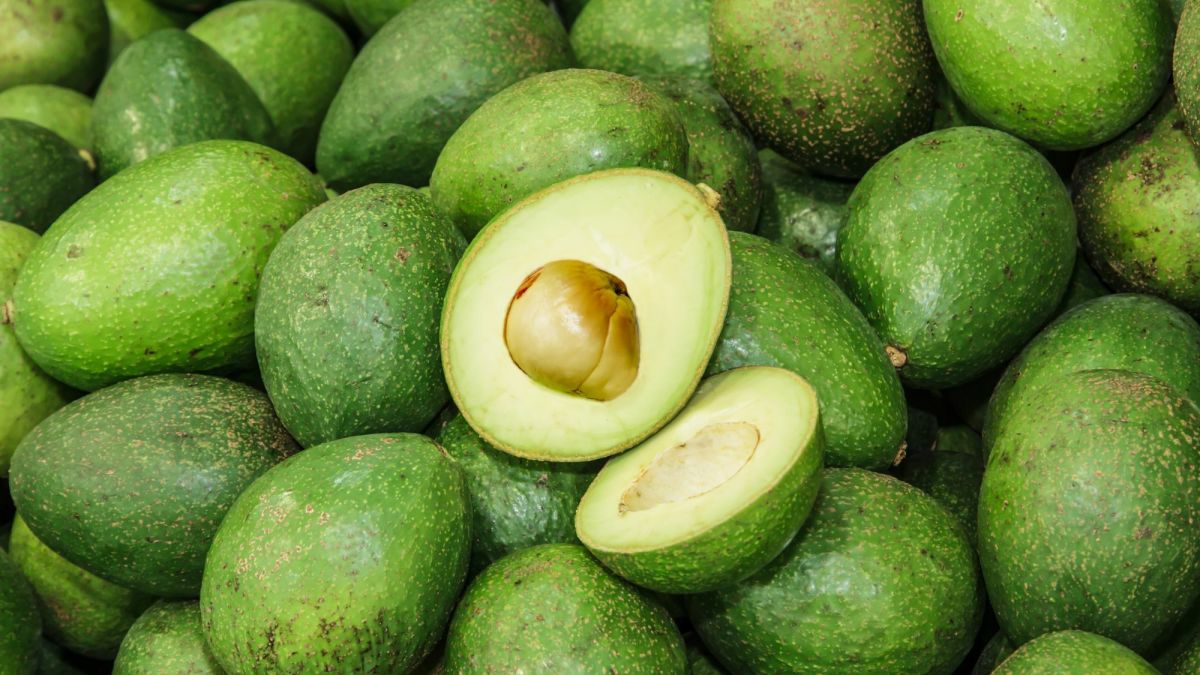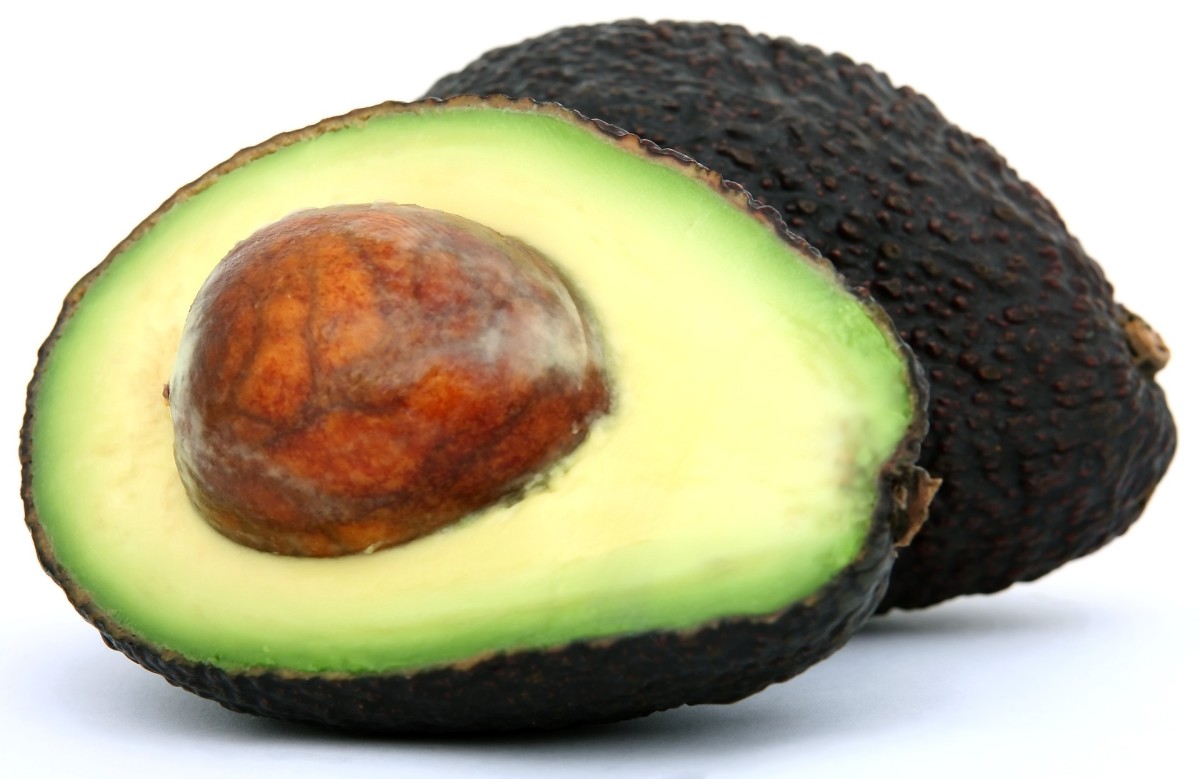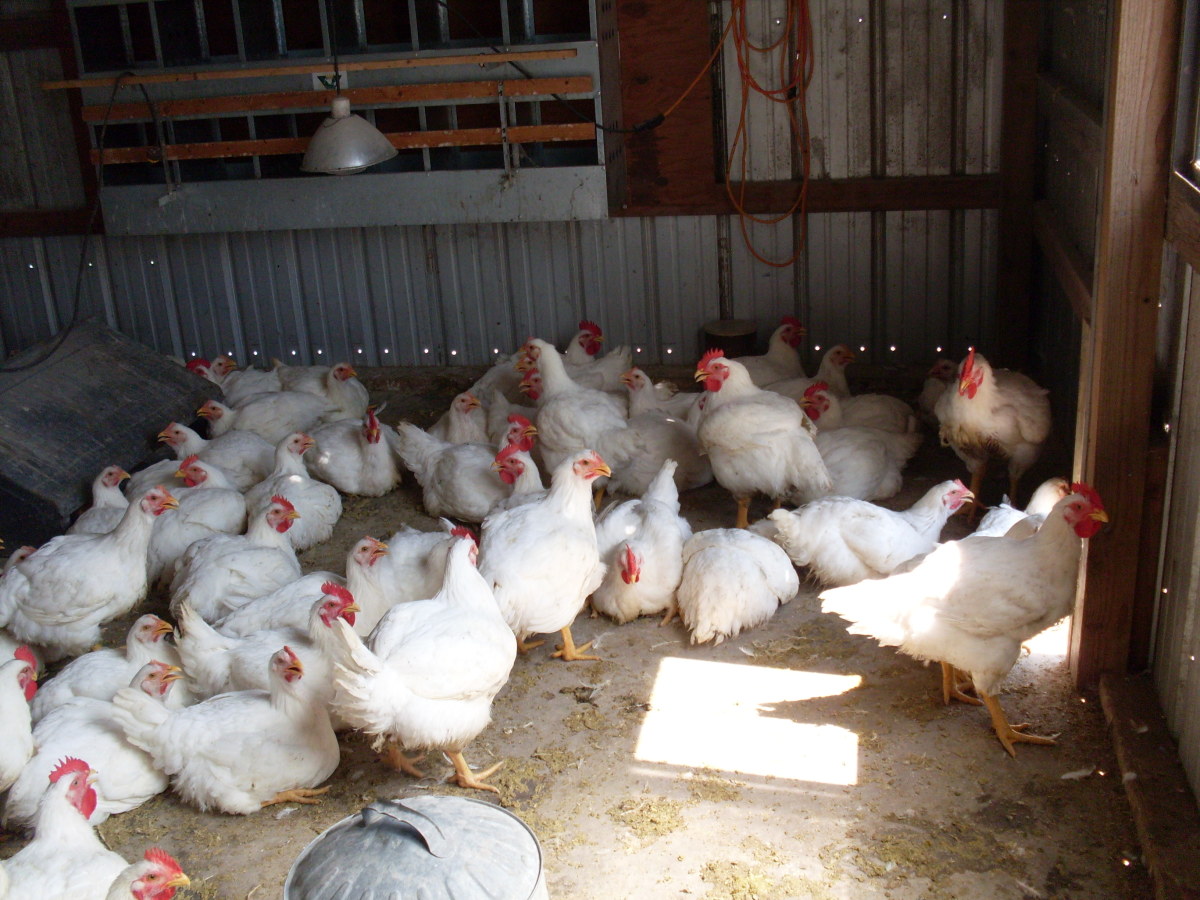Tips on Storing and Ripening Avocados
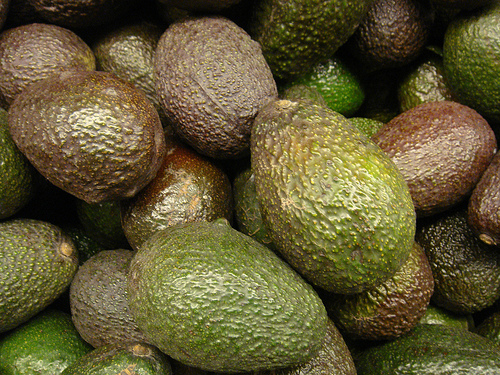
Contrary to popular belief, the avocado is actually a fruit, not a vegetable, as evidenced by its internal seed. In fact, while the tree is technically in the same family as cinnamon, the fruit is actually considered to be a large berry.
This large berry contains creamy, green flesh that is not only delicious, but also boasts a large variety of health benefits. Although they are considered “in season” in late winter through early spring, they are generally available year round (depending on your region), making it a great addition to anyone’s diet.
Avocado Fun Facts!
- Avocados are also known as alligator pears.
- While you can grow avocados from the seed inside, the ones that you buy in the stores are typically genetically modified so that the resulting tree will never bear fruit.
- Trees will occasionally produce seedless avocados, or cuke.
How to Tell When an Avocado is Ripe
You can’t always tell if an avocado is ripe based on the color of its skin. Depending on the variety, it may or may not change color. Hass avocados change from a light green to a dark brown-green when ripe. Whereas Florida, or Fuerte, avocados stay the same color throughout the ripening process.
In general, avocados take anywhere from two to five days to ripen. Regardless of type, when ripe all avocados will be soft and give a little when you press on them.
One trick for assessing ripeness is to flick off the little stem piece on the end, to see what the fruit inside looks like. If it’s still bright green inside, you’re good to go. If it’s dark brown and mushy inside, it may be too far gone. Here’s a great tutorial that visually explains this same concept.
How to Ripen Avocados
From the Tree
If you are lucky enough to have your own avocado tree, it’s important to know that the fruit won’t ripen until it’s actually off the tree. Follow the growing cycle for your particular variety of tree, and when the fruit is ripe, pick it and follow the methods outlined below.
If fruit falls from the tree it will ripen, however use your best judgment to determine the viability of the fruit before bringing inside to use. Most of the time fallen fruit is too far gone to consume.
Ripen Avocados in a Paper Bag
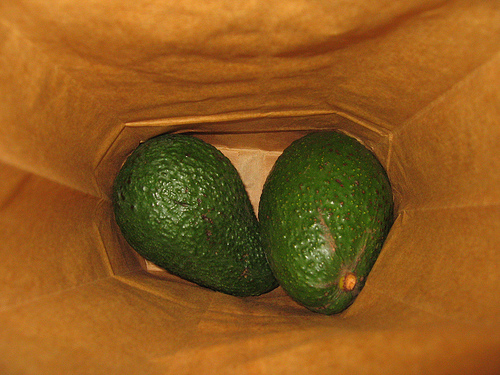
Ripening Avocados At Room Temperature
There are a few ways to ripen avocados at room temperature. Regardless of the method you choose, the most important thing to remember is that the avocados should not be stored in direct sunlight.
In a Paper Bag
Place your avocado in a paper bag, and leave out at room temperature. Assess daily for ripeness. To speed up this process, you can add an apple or banana to the bag as these fruits will give off more gas ripening the avocado faster.
On the Counter
This is my favorite way to ripen avocados. Just stick them in a bowl on the counter, away from sunlight and hot lights. Leave them there for several days, assessing daily for ripeness.
Ripening Avocados in the Refrigerator
You actually can’t ripen avocados in the fridge, because the cold slows down the ripening process, sometimes stopping it all together. In fact, when avocados are picked, they are shipped all over in refrigerated trucks to keep the fruit from ripening until it reaches its intended destination. However, you can easily store avocados in the fridge.
How to Store Avocados
In general, avocados need to be consumed pretty quickly upon ripening. While there are a couple of ways to store your avocados, the best way depends on how many you have on hand, and how quickly you tend to consume them.
How to Reduce Avocado Oxidation
To keep your avocados from turning brown when you cut them, you need to add an acidic agent, and limit air exposure.
Acidic Agents
- Lemon juice
- Lime Juice
- Orange juice
- Vinegar
Limit Air Exposure
- Cover tightly with clear plastic wrap or place in an airtight container.
- When using plastic bags, remember to release excess air.
How to Store Whole Avocados
If you haven’t cut your avocado yet, and you’re planning on consuming it within the next week or so, the best way to store the fruit is in the refrigerator. But, if you aren’t going to eat your avocado anytime soon, or if you have a large volume of fruit, you may be better off freezing it.
How to Store Avocados in the Refrigerator
Whole Avocados
Store whole, uncut, ripe avocados in the vegetable drawer of your fridge for up to 10 days.
Cut Avocados
If your avocado is cut in half and still has most of its fruit, just sprinkle both halves with an acidic agent, put the seed back in, and place both halves back together. Then, wrap the fruit with plastic-wrap, or place in an air-tight container. Plastic wrap works better at keeping it air-tight, because it sits against the skin of the fruit.
If too much fruit is gone, slice or mash the remaining fruit, sprinkle with an acidic agent, and store in an air-tight container.
Cut avocados do not last long, and should be consumed within one day for optimum freshness.
My Frozen Whole Avocado (Halves)
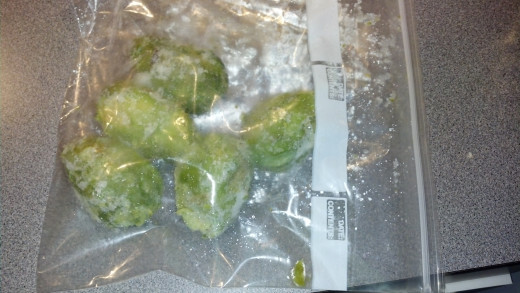
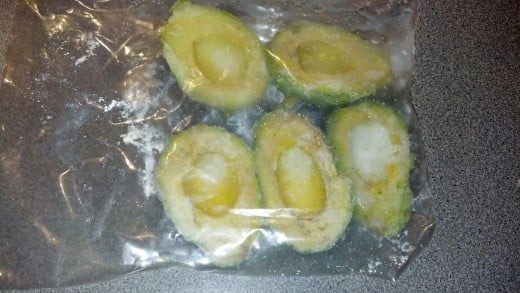
How to Freeze Avocados
If you aren’t going to eat your avocado right away, or if you have a large volume of fruit, consider freezing. You can freeze whole or pureed, depending on your needs and preferences.
Freezing Whole Avocados
You only need to do a little prep to freeze a whole avocado. First, cut in half, and remove the seed and skin. Then, place the avocado halves in an air-tight container or freezer bag. You may use an acidic agent before freezing, but I don’t find this necessary.
Freezing Pureed Avocado
Mash avocado by hand or puree in a food processor Either way, remember to add in an acidic agent while mixing. Generally, you want 1 tablespoon of lemon juice or other acidic agent to every two avocados.
Whether whole or pureed, frozen avocado will only keep for three to four months in the freezer. If you’re freezing them in a plastic freezer bag, write the freeze date (or use by date, or both) on the outside of the bag with a permanent marker to help remind you of the deadline.
Quiz Time!
Do you like avocados?
A Tip for Freezing Whole Avocados
While some people don’t like the end result of freezing avocado whole, I didn’t notice a difference.
Use frozen, whole avocado in smoothies for an extra boost. Works great as its own smoothie, or when added with fruit like bananas and strawberries.

